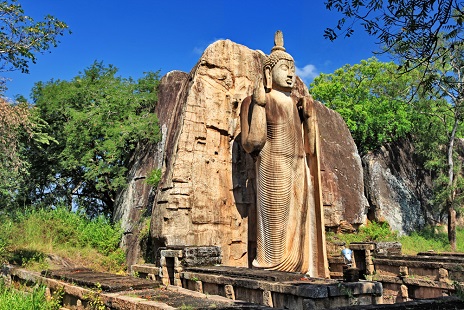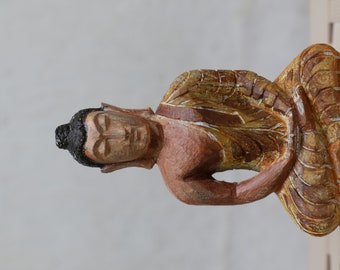

The first garden consists of an island surrounded by water. The water gardens can be seen in the central section of the western precinct. The gardens are divided into three distinct but linked forms water gardens, Cave and boulder gardens, and terraced gardens. The Gardens of the Sigiriya city is one of the most important aspects of the site as it is among the oldest landscaped gardens in the world.

The earliest evidence of human habitation at Sigiriya was found from the Aligala rock shelter to the east of Sigiriya rock, indicating that the area was occupied nearly five thousand years ago during the mesolithic period The Sigiriya was built during the reign of King Kassapa I (AD 477 – 495), and it is one of the seven World Heritage Sites of Sri Lanka. A popular tourist destination, Sigiriya is also renowned for its ancient paintings ( frescos), which are reminiscent of the Ajanta Caves of India. Sigiriya (Lion's rock) is an ancient rock fortress and palace ruin situated in the central Matale District of Sri Lanka, surrounded by the remains of an extensive network of gardens, reservoirs, and other structures. It only takes a maximum of 45 minutes to visit the site and the nearby Kala Wewa tank is an excellent place to stop off and have a picnic with a most satisfying view. The Aukana Buddha can be visited en route to Anuradhapura and can easily be combined with the ancient monastery site of Sasseruwa. The statue has gained significance in recent times due to the destruction of similar Buddha in Afghanistan. The left hands position draws the worshipper to Buddha for release from their earthly bonds. The right-handed gesture, raised to the right shoulder with the palm spread, signifies lack of fear. It is an example of the Abhayamudra Buddha, showing superhuman qualities. The statue stands 12m high, carved from a single rock and is completely free standing. Creation of both the temple and the tank (reservoir) is attributed to King Dhatusena in the 5th century.

One of Sri Lanka’s most perfect and elega nt statues, the Aukana Buddha lies to the west of the large Kala Wewa tank.


 0 kommentar(er)
0 kommentar(er)
